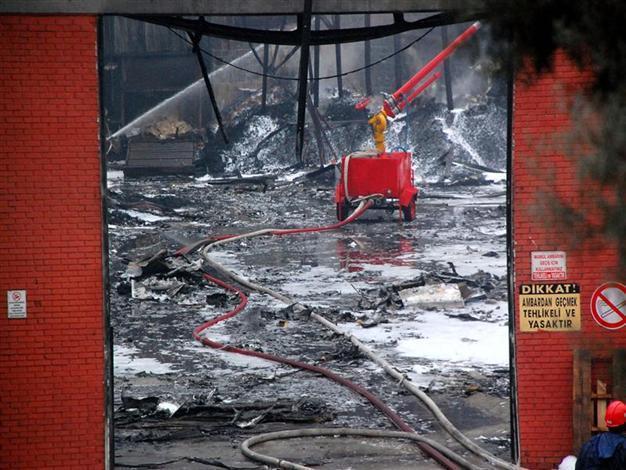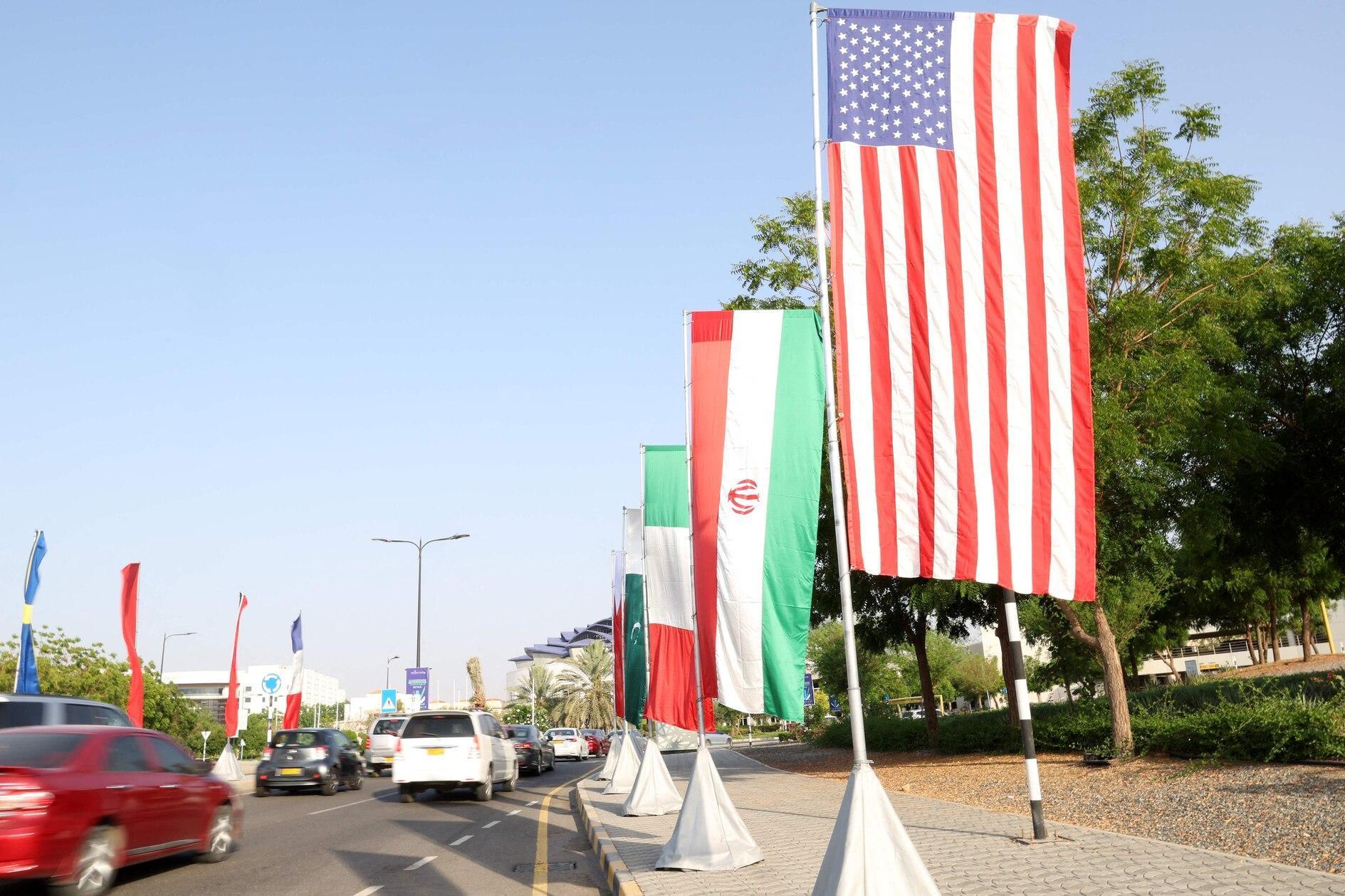Toxic gas allegedly released in Marmara factory fire
ISTANBUL

DHA photo / Süheyla Gözdereliler
Toxic gases were released into the air after a fire broke out at the AKSA Acrylic Chemical Industry factory in the Marmara province of Yalova on Jan. 27, according to environmental groups in the area, daily Milliyet reported.The fire reportedly started in the factory’s depot where fiber materials were stored before numerous firefighter teams from neighboring districts were dispatched to the area. Firefighters managed to put out the fire after a six-hour struggle, during which massive black clouds appeared in the Yalova sky.
Environmentalists claim poisonous chemical gases were released into the air during and after the fire and may be heavily damaging to the area’s 4,000 residents.
The head of Yalova’s Foundation for Environmental Protection, Arif Ekim, said that despite official inspections following the fire, some chemicals might have slipped through.
“You can measure the carbon monoxide and sulfur in the air with their devices, but you can’t pick up other chemical gases,” Ekin was quoted as saying in daily Milliyet.
Burning acrylic will release hydrogen cyanide, along with several other harmful chemicals.
“People have been breathing that air,” Ekin said, citing cancer cases that were reportedly caused by inhaling acrylonitrile.
AKSA denied the claims, stating that “a chemical reaction did not occur,” and that the company “had no difficulties with chemical storage.”
Dr. Erkan Topuz, a chemical expert, warned residents that long-term inhalation of the toxic gases released by the burning of acrylic may have consequences and could constitute a risk factor for cancer.
“The effect will depend on meteorological events,” Topuz said. “If a storm comes the chemicals may be dispersed.”
Dr. Kadir Alp also said weather conditions were important.
“Any pollution that may happen will be determined by the speed and direction of the meteorological conditions that carry the gases,” Alp said.
















